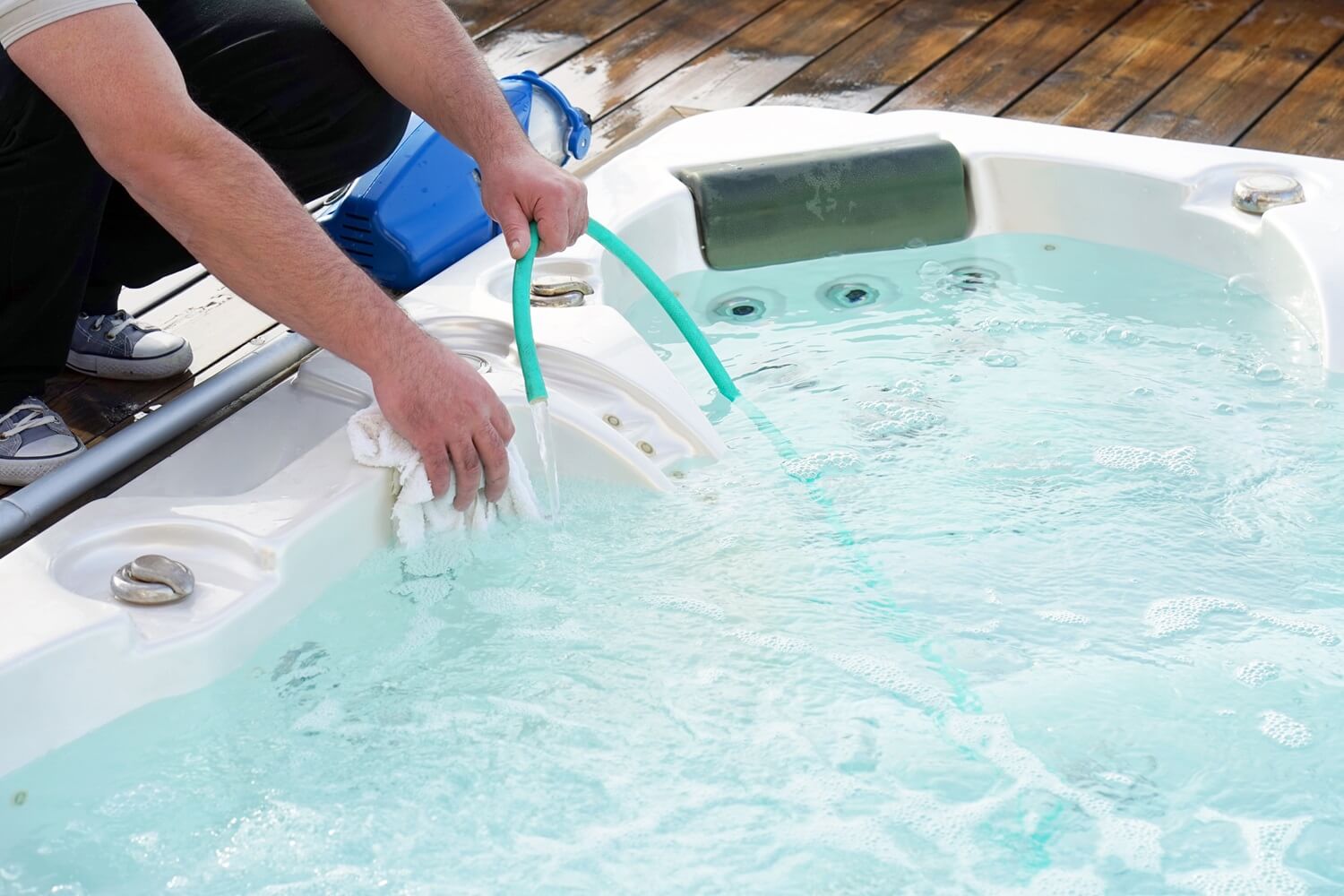
South City Family YMCA
South City Family YMCA
From athletics to academics, the Y offers a great variety of activities that help individuals of all ages and abilities grow strong in mind, body and spirit. The Y is committed to ensuring that every one – regardless of inability to pay – can enjoy the Y. If you are interested in financial aid, please contact Ashton Terry.
From athletics to academics, the Y offers a great variety of activities that help individuals of all ages and abilities grow strong in mind, body and spirit. The Y is committed to ensuring that every one – regardless of inability to pay – can enjoy the Y. If you are interested in financial aid, please contact Ashton Terry.












